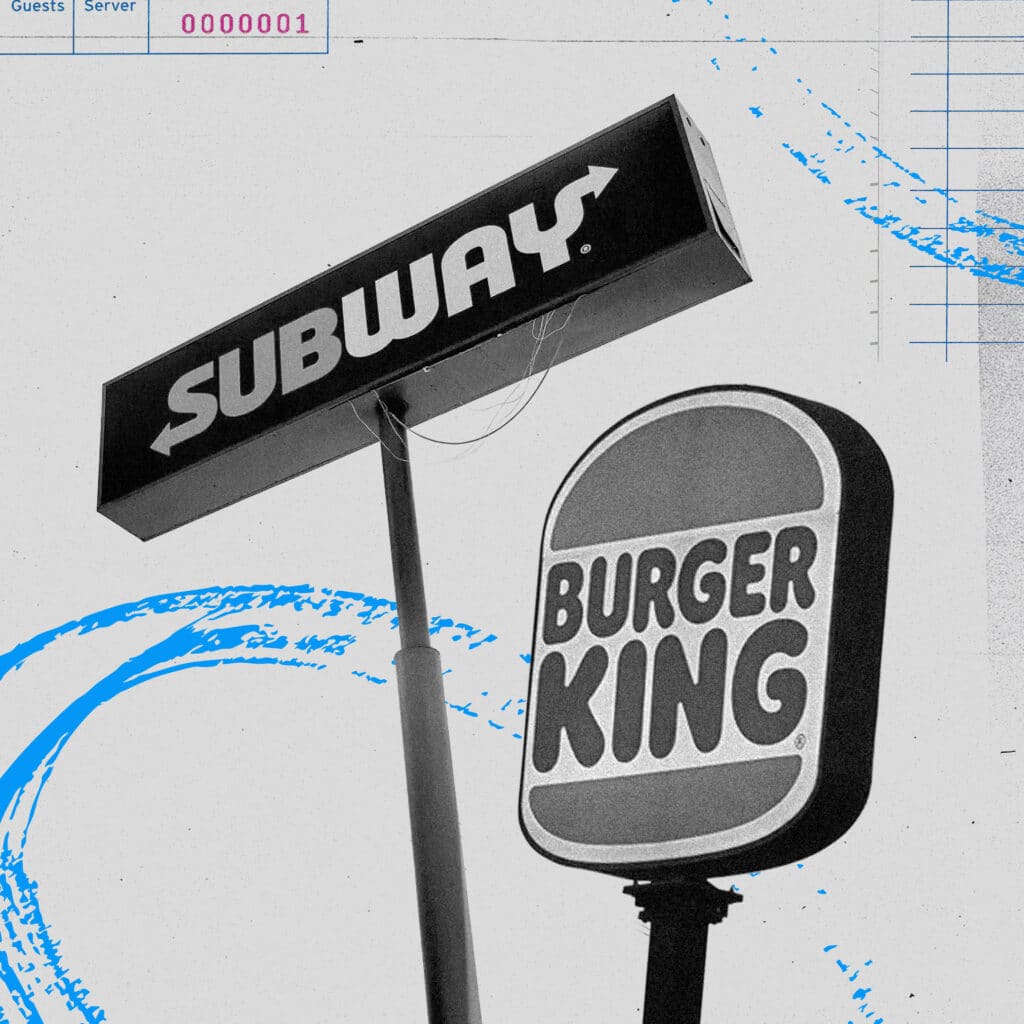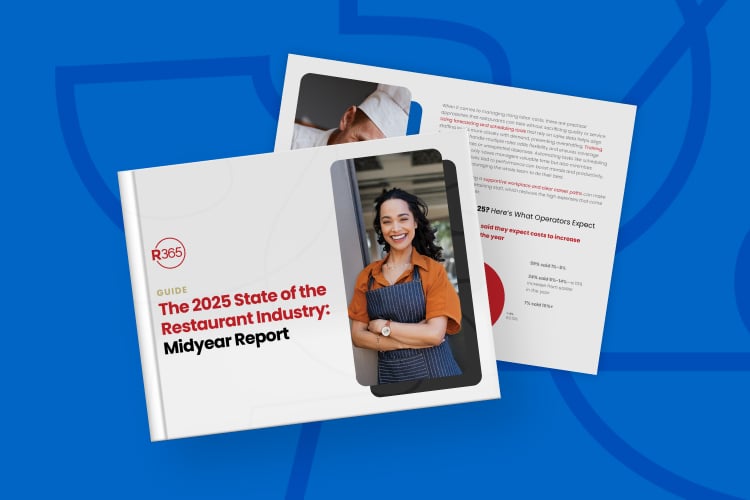This article was authored by John Moody, Co-Founder and Chief Strategist of Restaurant365.
What is a restaurant P&L statement?
A restaurant profit and loss statement, otherwise known as a restaurant income statement, is a financial statement that gives an overview of your restaurant’s revenue, costs, and expenses during a specific period of time. This tool helps you understand your net profit or loss.
Learn more about P&L and other key metrics in this free guide: Simplifying the P&L and Other Key Metrics: A Guide for Store-level Restaurant Managers
Why is a restaurant P&L statement important?
The numbers from your P&L can help you identify what is helping or hurting your business. It enables operators to make data-driven decisions about cutting food costs, adjusting labor scheduling, or changing menu prices. With detailed numbers about your total costs and total sales breakdowns, a P&L provides actionable insight into the strengths and weaknesses of your business.
What is a restaurant profit and loss statement used for?
A P&L is a management tool for your business. It can be used to analyze your operations, your budget, and your growth. When you know the numbers of the total sales, controllable expenses, and operating expenses of a business, you can improve the profitability of your business. If your net profit is positive, you can grow to become more profitable. If your net profit is negative, you can make changes to either decrease costs or increase revenue.
The P&L may look like a simple report, but it can actually facilitate invaluable insights that can help you optimize every element of operations. In particular, a profit and loss statement provides store-level managers with the information they need to know to make daily tweaks to improve profitability.
What are the four main categories of a restaurant profit and loss statement?
A restaurant profit and loss statement can seem confusing at first, but essentially, it tracks four key categories: sales, prime cost, operating expenses, and net income. This data indicates the state of your restaurant’s financial health, and it can even help you and your managers understand where you can start improving profitability.
Sales
The revenue calculation pulls from restaurant menu sales data. If you have an integrated Point of Sale (POS) system, compiling data can be done automatically. To provide even more insight, some P&Ls break down sales by menu categories or food and beverage costs. Depending on your specific business model, certain sections like food, wine, liquor, or coffee may have different sales and profitability.
The sales category may also include other information that affects sales, such as comps and discounts given out by managers at different locations. Overall, you need to include all items from different revenue streams and track the sales brought in by each.
Prime Cost
Prime cost is your food and labor. Prime cost is usually the largest expense of a restaurant, which means that if you can lower your prime cost, you are directly increasing your bottom line.
The first expense is Cost of Goods Sold (COGS), or how much you buy to make the items that you sell. COGS is the total cost of the inventory you used to make the food and beverage items you sold during a specific time period. You can break down COGS by menu groups and targeted categories or divide them into customized configurations of food and beverage.
The second part of prime cost is labor costs, which includes all your salaried and hourly employees. In addition to the hourly labor costs, you should also include payroll taxes, workers compensation, and employee benefits like health insurance.
Operating Expenses
Operating expenses are generally “fixed” which means that they stay the same independent of sales. These expenses can cover a wide range of costs, such as rent, property insurance, waste removal, or the telephone bill.
Some operating expenses may be somewhat flexible in the short-term, like equipment upgrades or new marketing techniques. And other operating expenses may come with no warning, like equipment or building repairs that are necessary to operate your business. All these fixed expenses need to be tracked in the operations portion of your P&L.
Net profit or net income
The final section of your restaurant profit & loss statement crunches the numbers of the first three sections to give you key indicators of how your business performed during a specific period – your net profit, otherwise known as net income.
Your net income is what remains after you subtract prime cost and operating expenses from your sales. Depending on the financial health of your business, this number may be positive or negative.
Even if your net income isn’t exactly where you would like it to be, it is essential to track this data consistently, so you know how your restaurant is performing. You need to know where you stand to make any improvements in your financial health.
How often should I run a profit and loss statement in my restaurant?
Many restaurants run their P&L statements weekly, monthly, or annually, which is unfortunate since it is critical for a restaurant’s profitability and growth because it provides clear view of what has happened in your restaurant. Rather than making large, knee-jerk adjustments to food and labor costs whenever a report is run at the end of the month, frequent P&Ls empower managers to stay on track to hit KPIs throughout the week, month, and quarter.
By running this report daily, you can see the day-to-day strengths and weaknesses of your business. This allows you to make immediate data-driven decisions to avoid persistent, costly problems while also creating long-term strategies that ensure continued financial success.
Conclusion
Knowing how to read your P&L statement shows you the relationship between your sales, costs, and profit, empowering you to make the most strategic decisions for your business growth. If running a daily P&L statement is too time consuming for your team, consider using restaurant accounting software that automates the daily report. With automated daily insights, you can grow your operation or add more locations without adding more accounting staff, and your managers have more time to spend with their teams and their customers.



